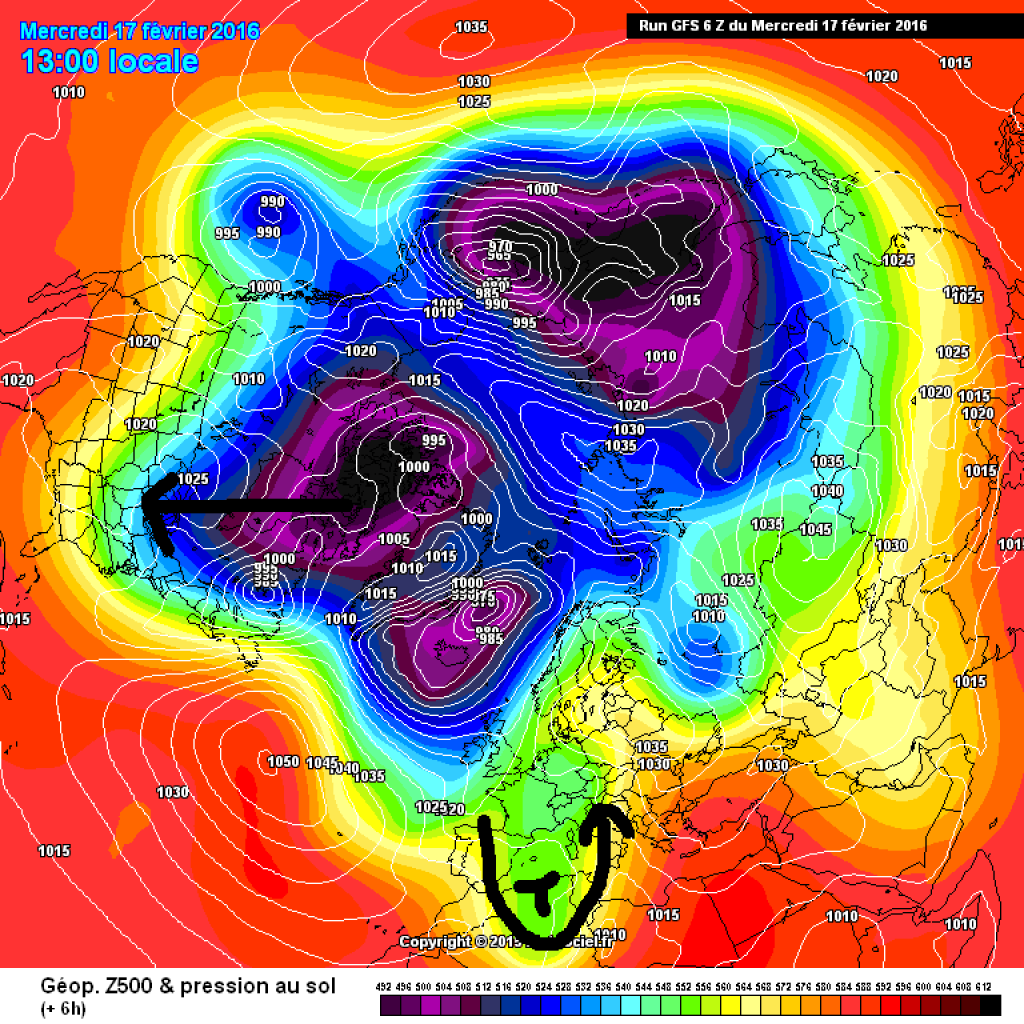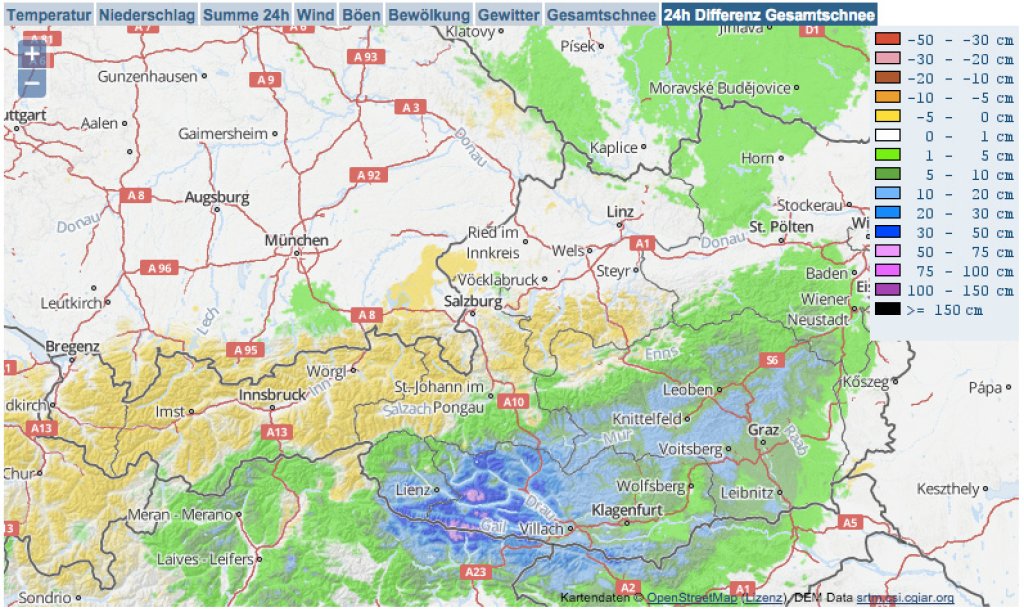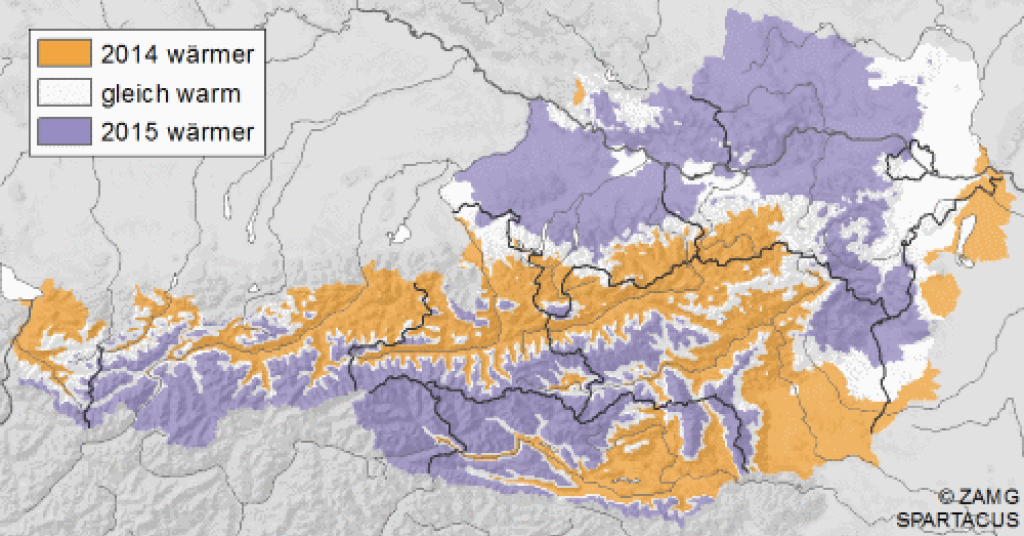Die in den letzten Wintern so häufigen Mittelmeertiefs haben sich diese Saison bisher rar gemacht. Tief Virginie beendet zumindest (sehr) kurzfristig den West/Nordwest Trend, freuen darf sich der Südosten.

Virginie, ein aus einem bis nach Afrika reichenden Trog geborenes Mittelmeertief, schiebt sich heute an die Südostalpen. Es schwappt auch über die Berge nach Norden, sorgt aber vor allem in den Karawanken, Karnischen und Julischen Alpen für ordentliche Neuschneemengen, inzwischen wird etwa im Gailtal ab etwa 1000m je nach Staulagen ein halber Meter gemeldet, stellenweise deutlich mehr. Am Donnerstag setzt sich dann auch schon wieder Zwischenhocheinfluss durch und Virginie ist weitgehend Geschichte. Ab Freitag geht es wieder mit dem inzwischen gewohnten, feucht-milden Nordwestwetter weiter. Auf eine kleine Kaltfront am Freitag folgt Samstagnacht eine Warmfront, dabei schneit es am Alpenostrand bei nicht sehr kalten Temperaturen ein wenig. Für Spannung sorgt am Wochenende vor allem der stürmische Wind.

Anderswo und sonstiges
Die Osthälfte der USA hat derweil mal wieder Schwierigkeiten mit dem Wetter. Ein Vorstoß polarer Kaltluft bringt teils sehr tiefe Temperaturen und fast einen halben Meter Schnee im Bundesstaat New York. Das ganze führte zu geschlossenen Schulen, Stromausfällen, gestrichenen Flügen und Massenkarambolagen. Weltweit war 2015 das bisher wärmste Jahr der Messgeschichte. Lokal und regional kann das auch anders ausfallen, wie die ZAMG mal wieder anhand einer Österreichauswertung zeigt. Teilweise wurden die Rekorde von 2014 übertroffen, teilweise nicht. Verantwortlich für diese eher kleinräumigen Unterschiede ist der Witterungsverlauf: 2014 brachte den wärmsten Herbst der Messgeschichte und sehr viele Südföhnlagen. Der extreme Hitzesommer von 2015 war im Norden Österreichs deutlich stärker ausgeprägt als im Süden. Die letzten Monate von 2015 dürften vielen noch als ungewöhnlich warm in Erinnerung sein – das stimmt zwar im Bergland, in vielen südlicheren Tälern hielten sich aber zähe Inversionslagen, wodurch die Temperaturmittel gedämpft wurden. Die ZAMG betont außerdem, dass der Einfluss von El Niño auf unser Wetter nicht eindeutig identifiziert werden kann: Obwohl El Niño 2014 im Vergleich zu 2015 schwach ausgeprägt war, sind die Temperaturabweichungen in Österreich mehr oder weniger gleich geblieben.




